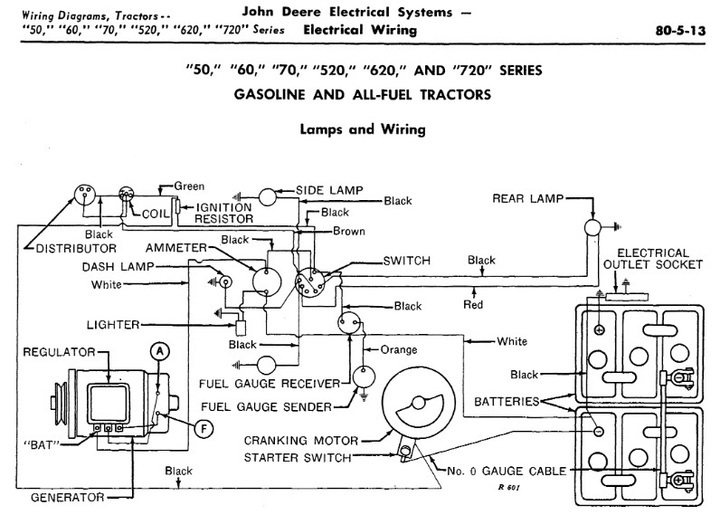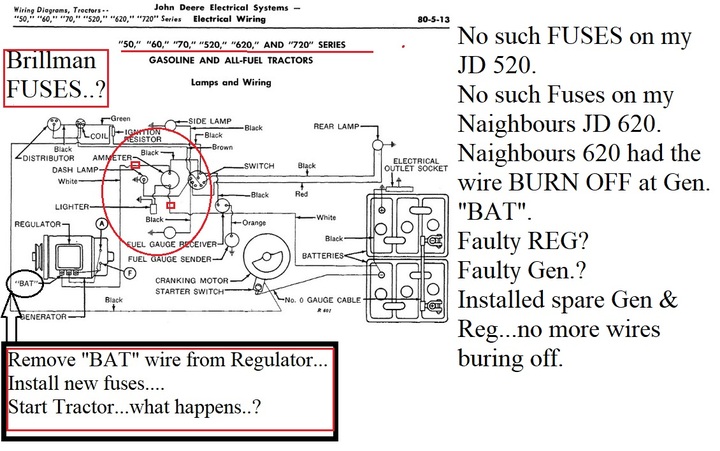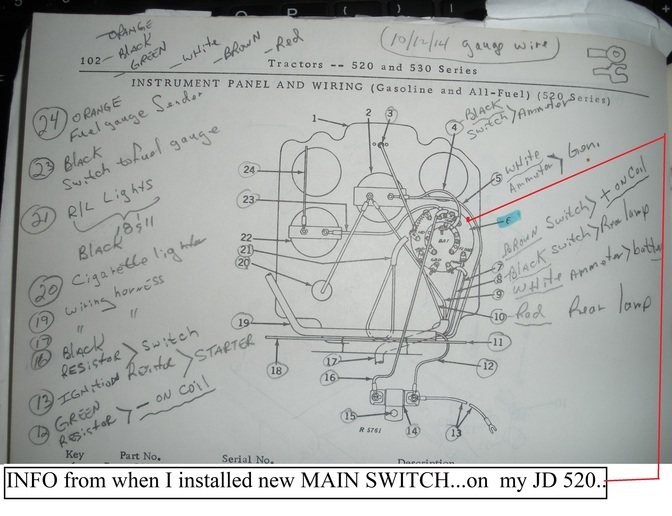Brian Donley
New User
Looking for assistance. Recently completed a restoration of a '56 JD 520, (positive ground w/electronic ignition). The tractor started and ran fine for about 5-10 minutes and cut off. Two in-line fuses were blown, one from the battery to the ammeter (looking from behind the dash, attached to the left post) and the other from the combo switch to the ammeter (attached to the right ammeter post). In a phone conversation with Brillman, these wires are where he said they go. I have no frayed or damaged wires that would cause a short. I know little about automotive electric. I need someone who can talk me through the wiring connections. Can someone help me?





